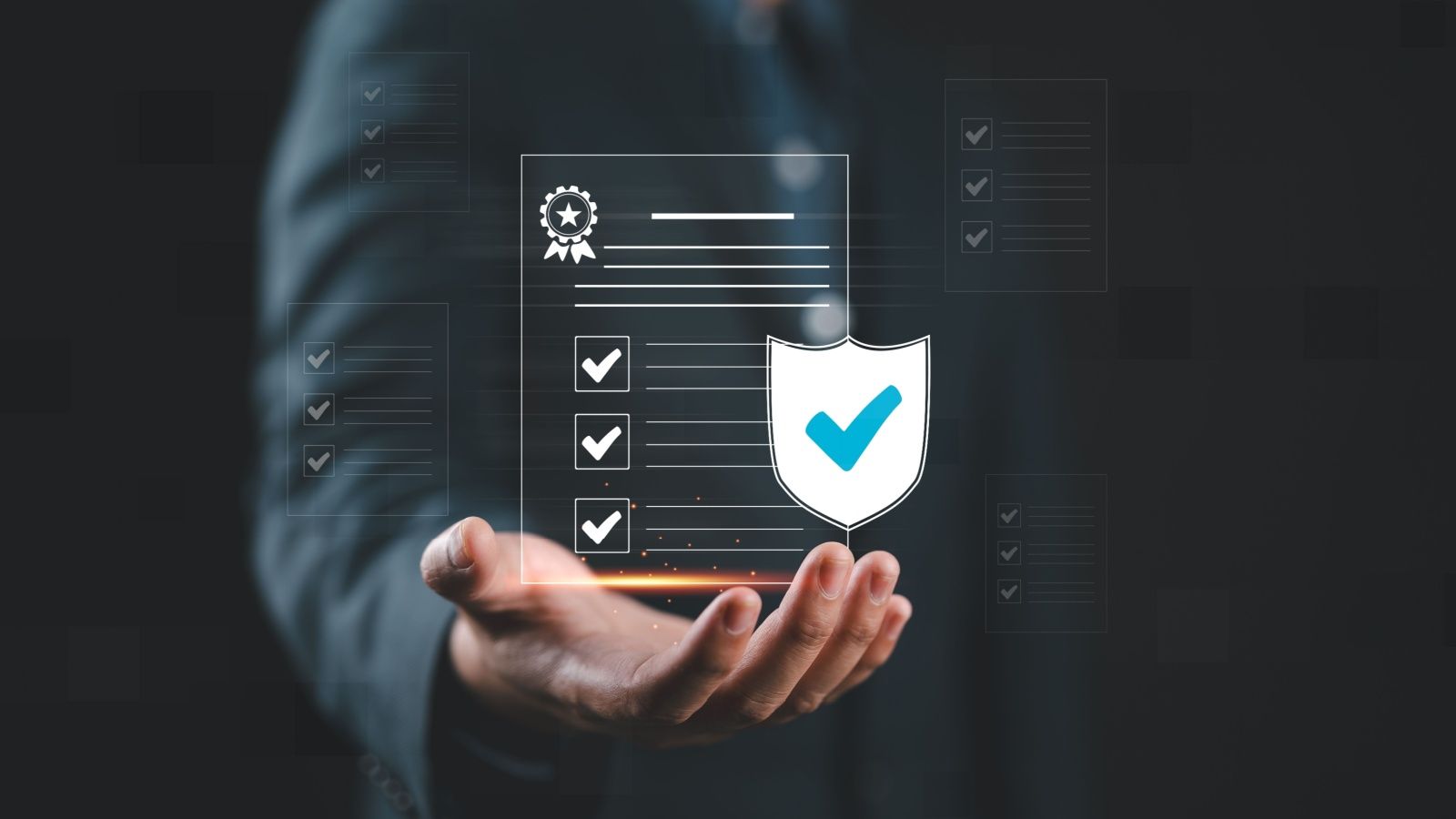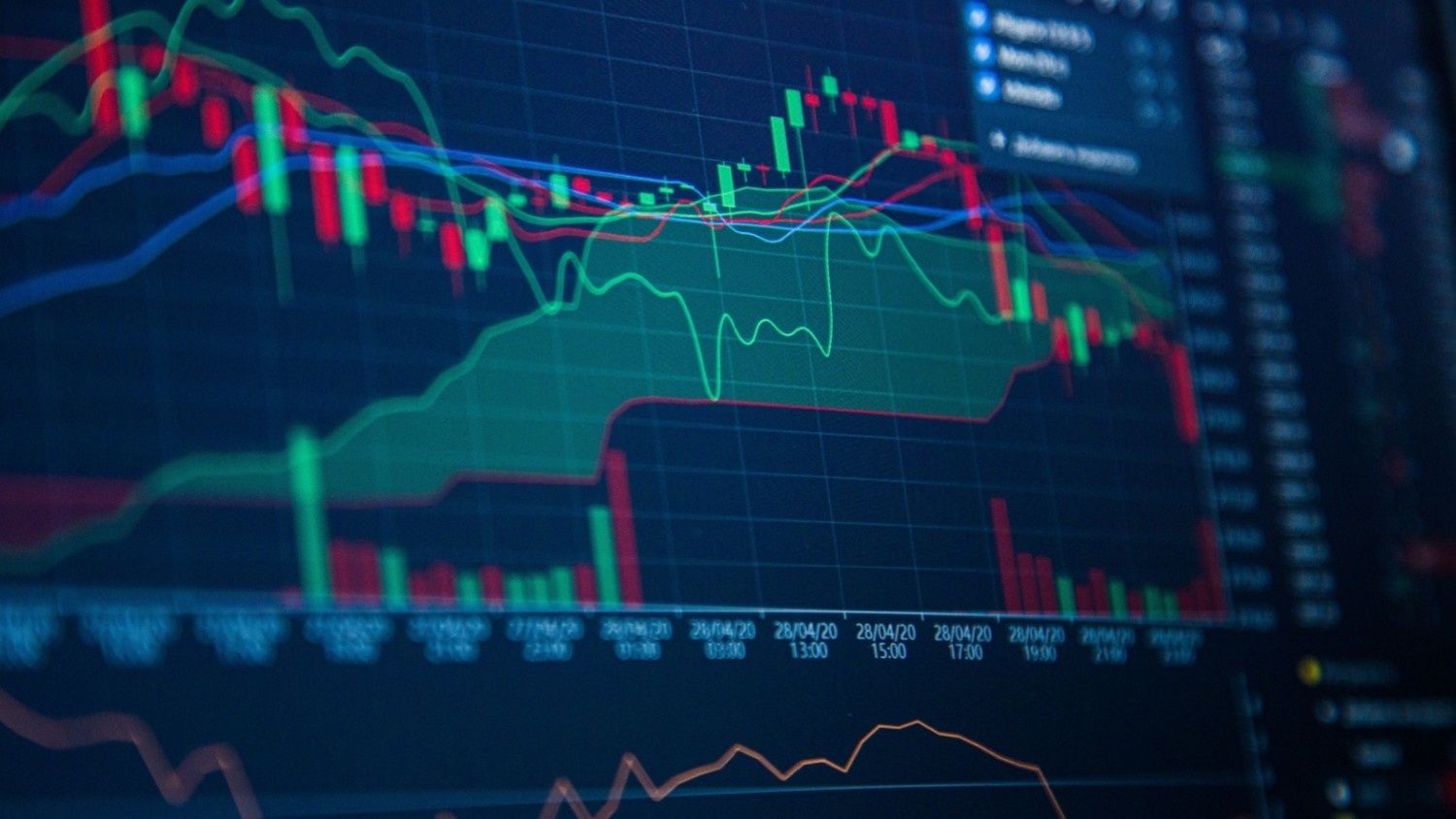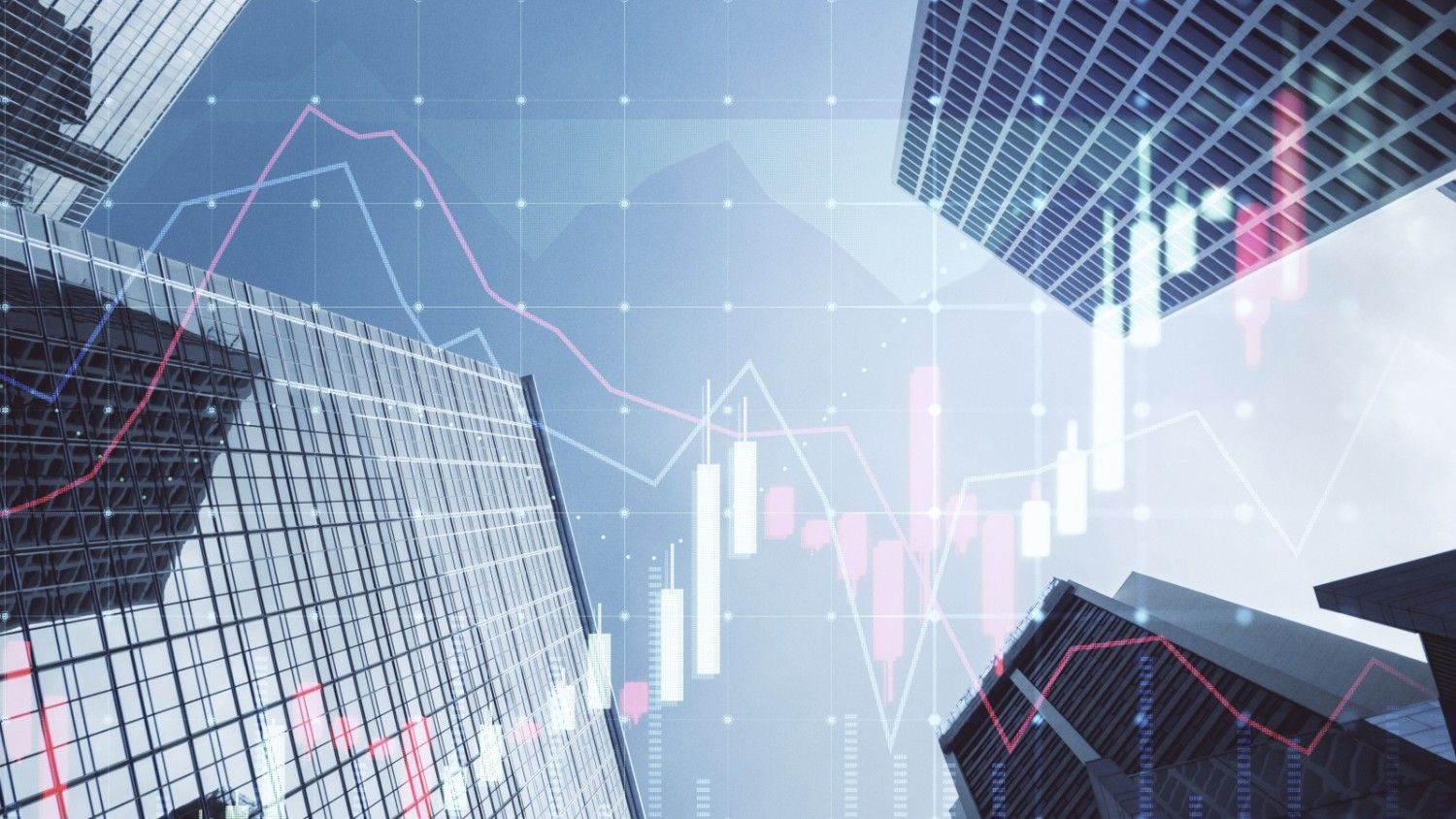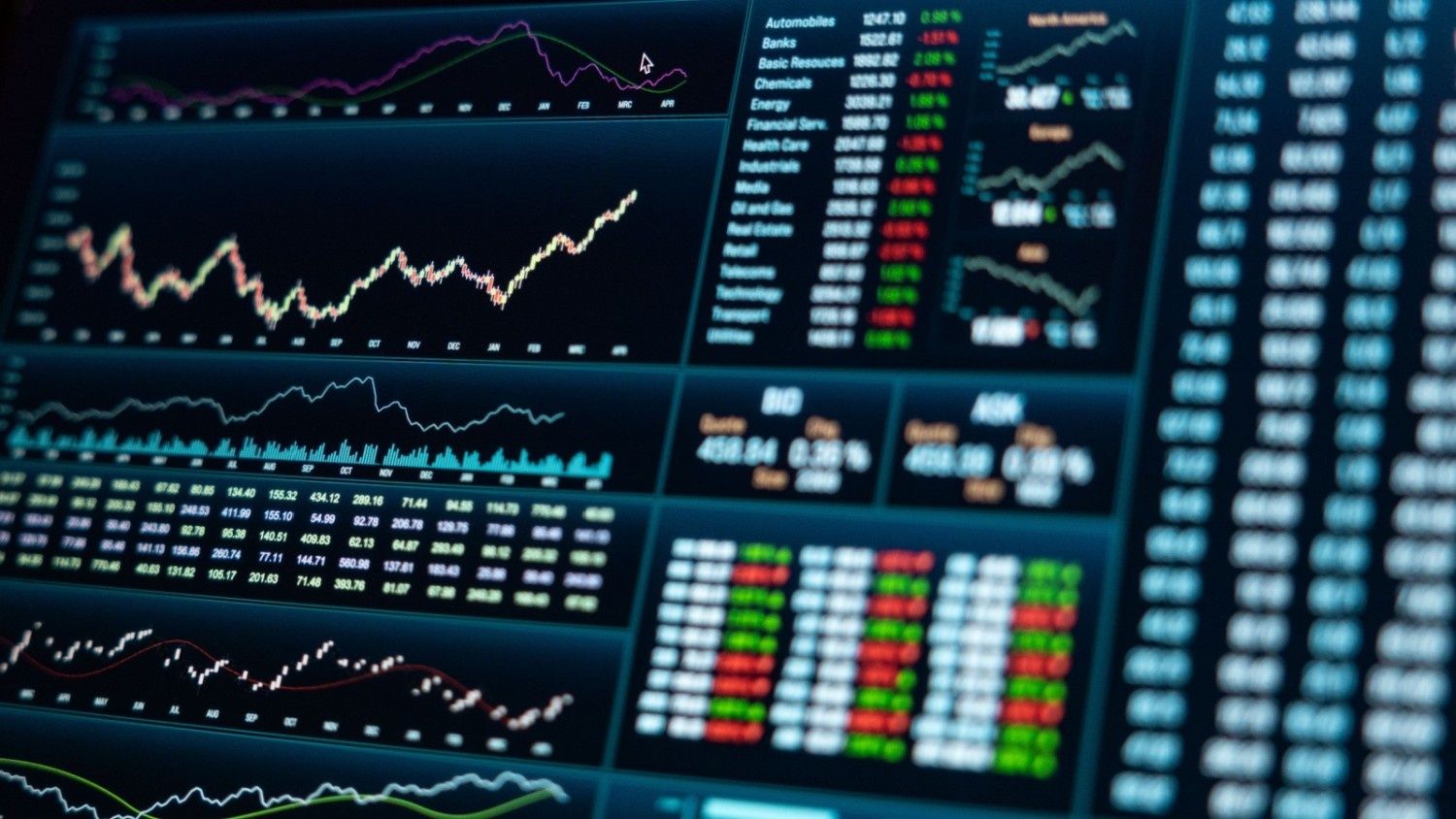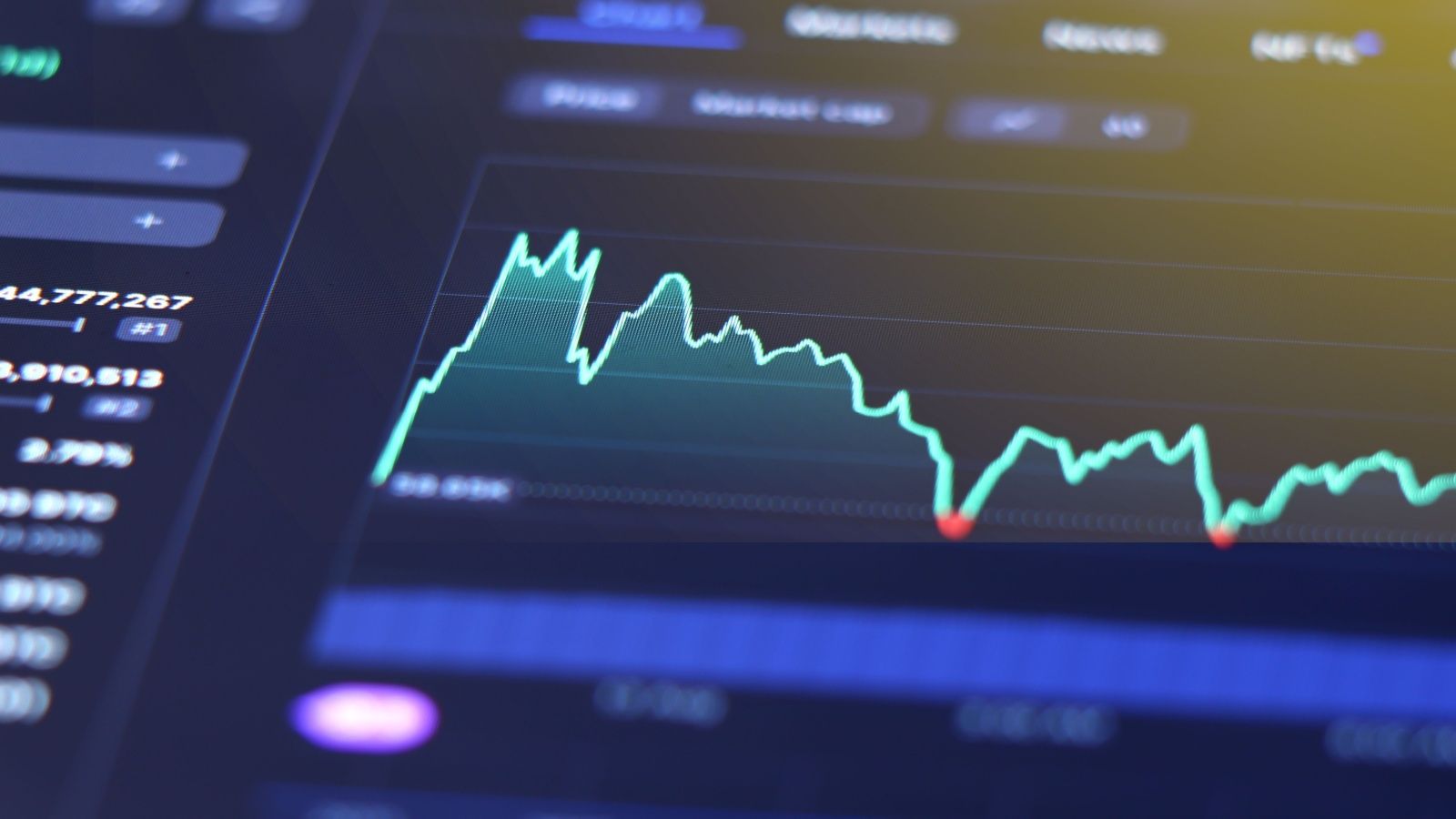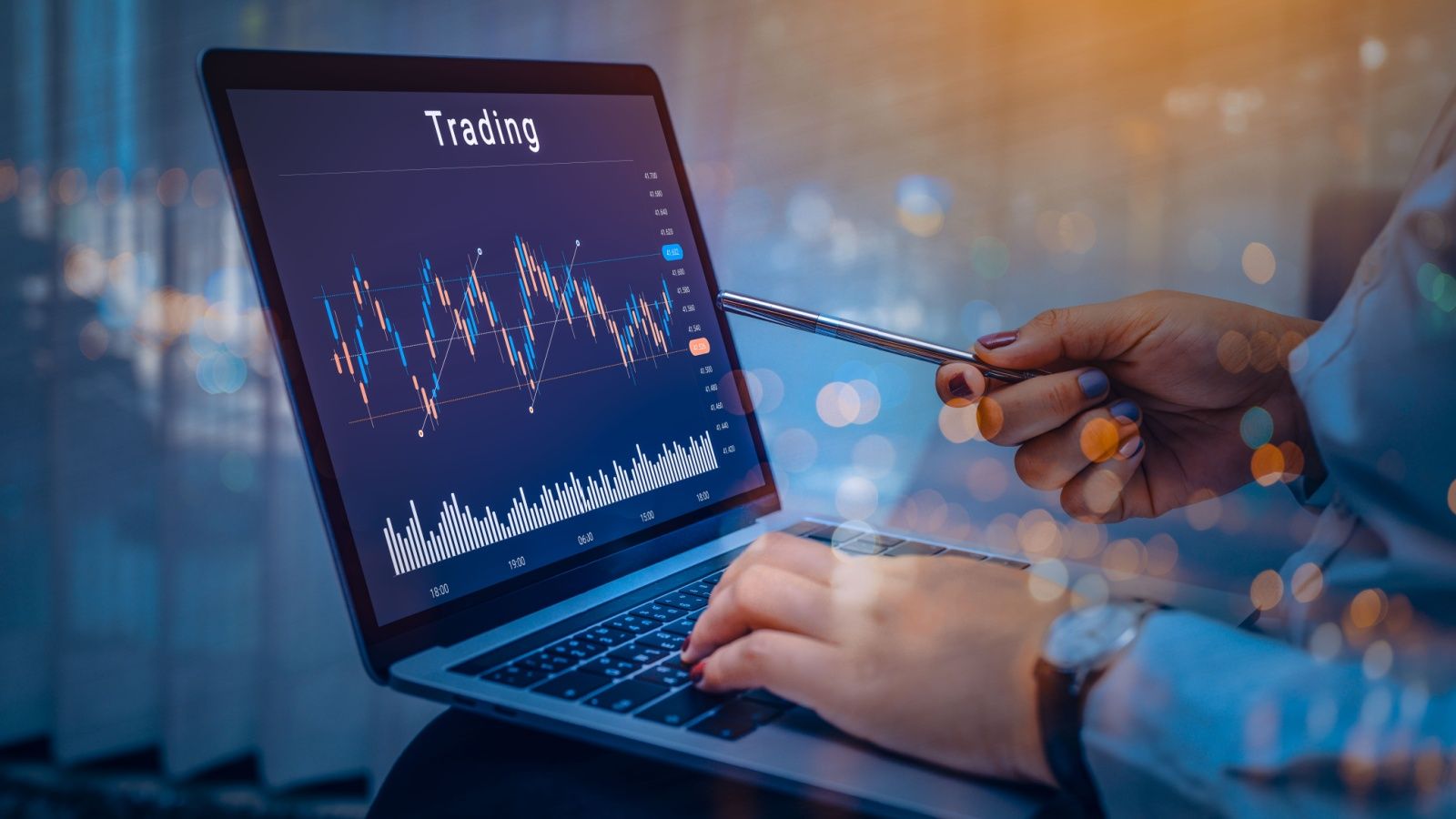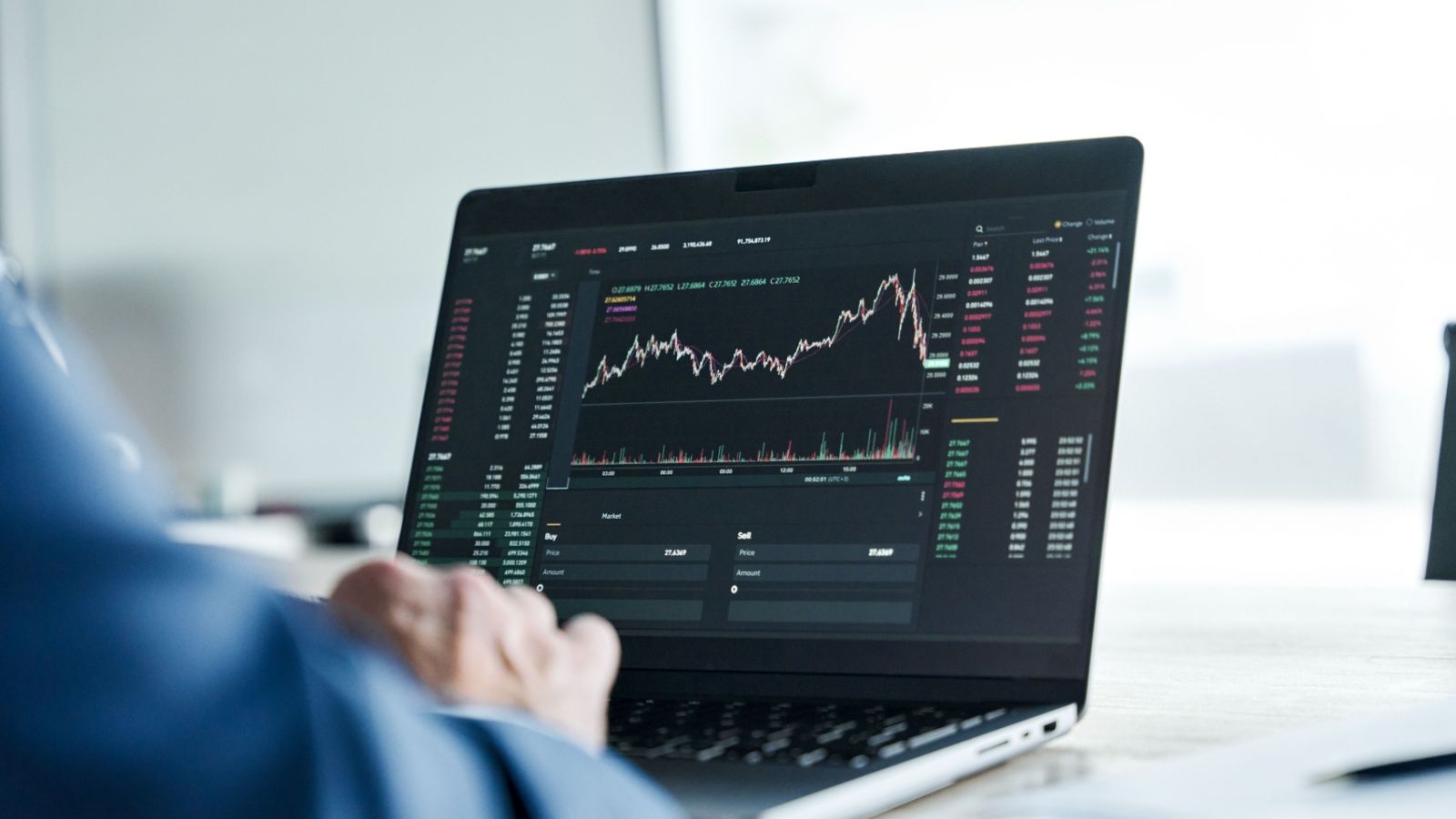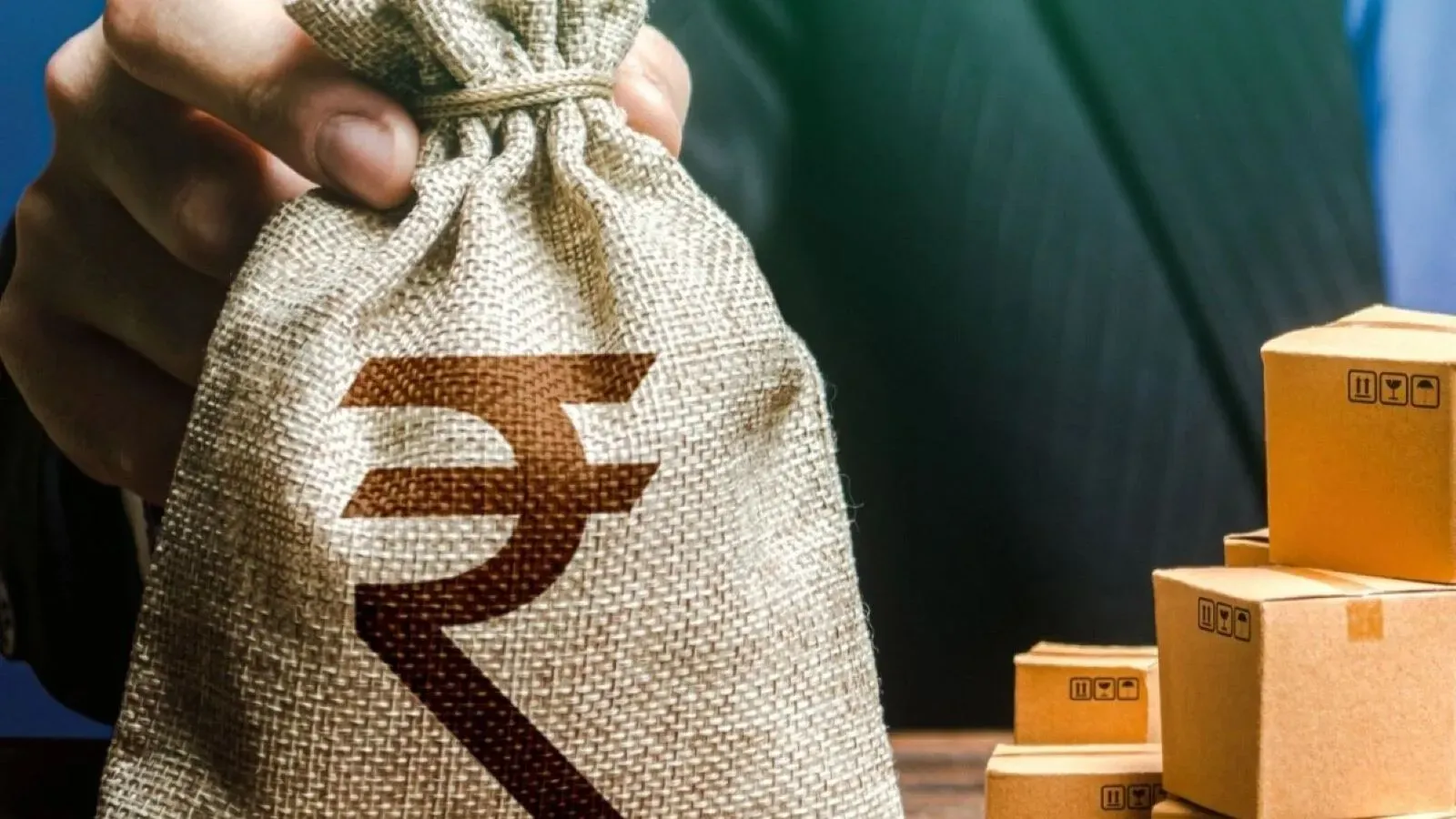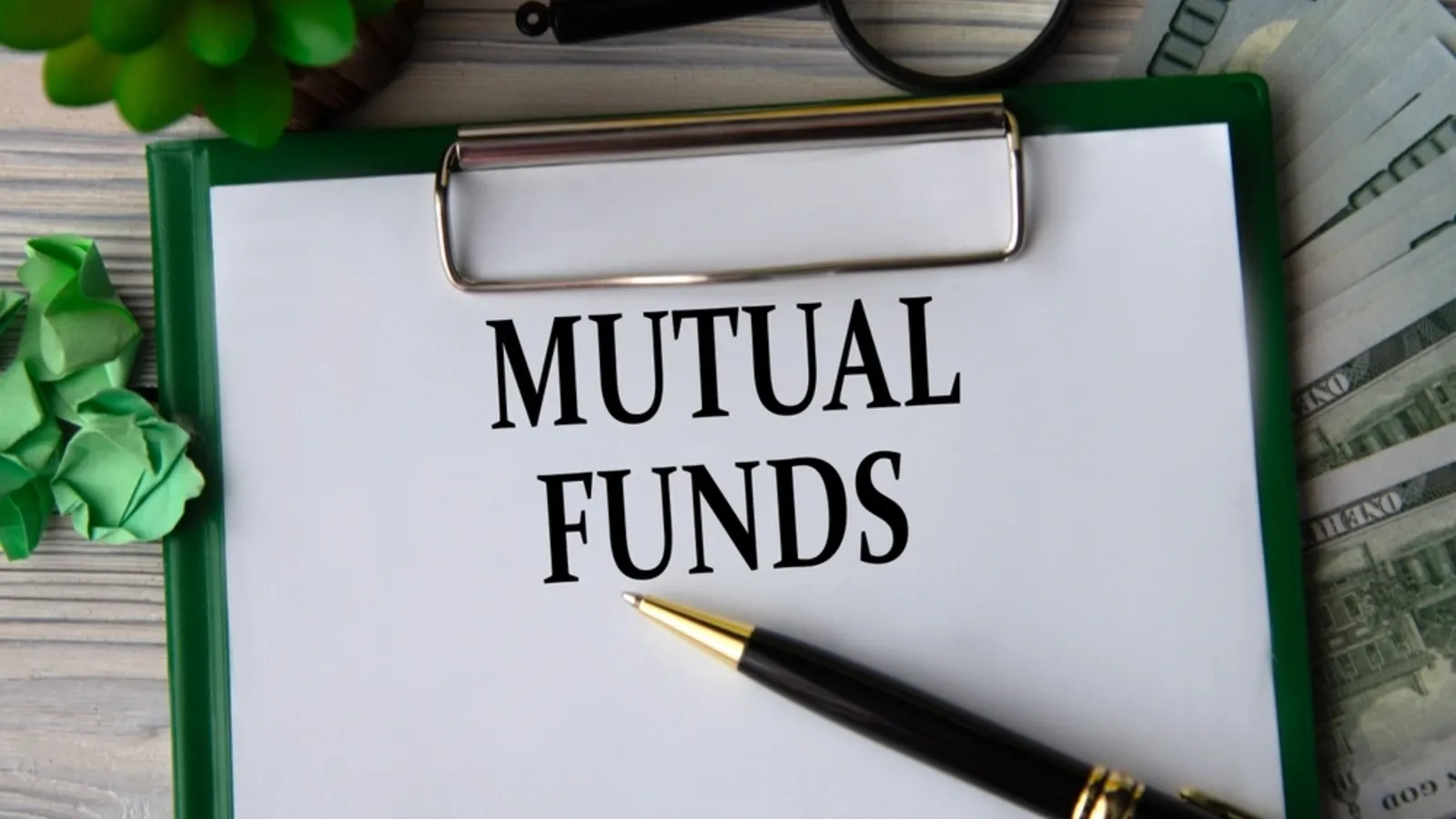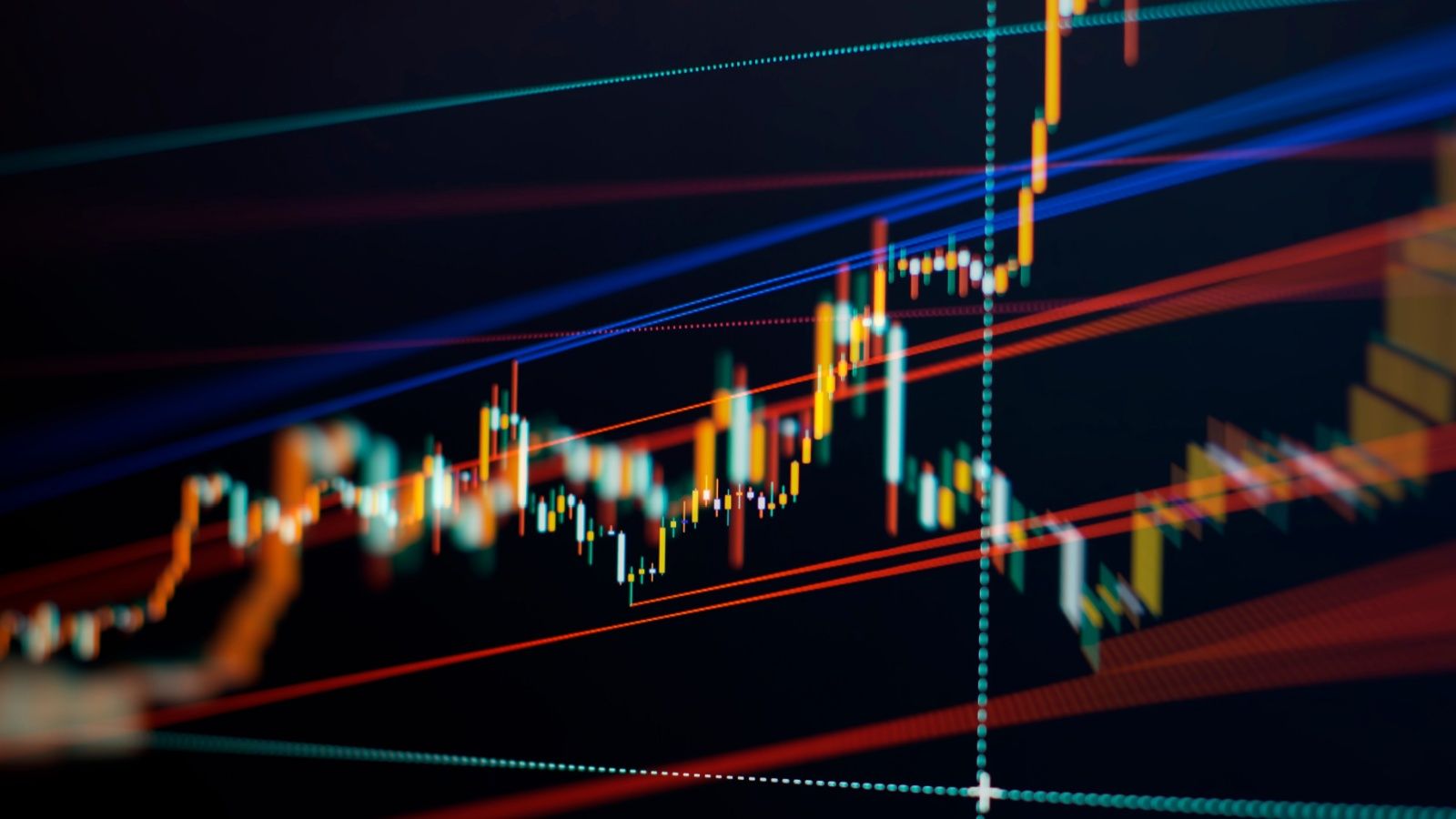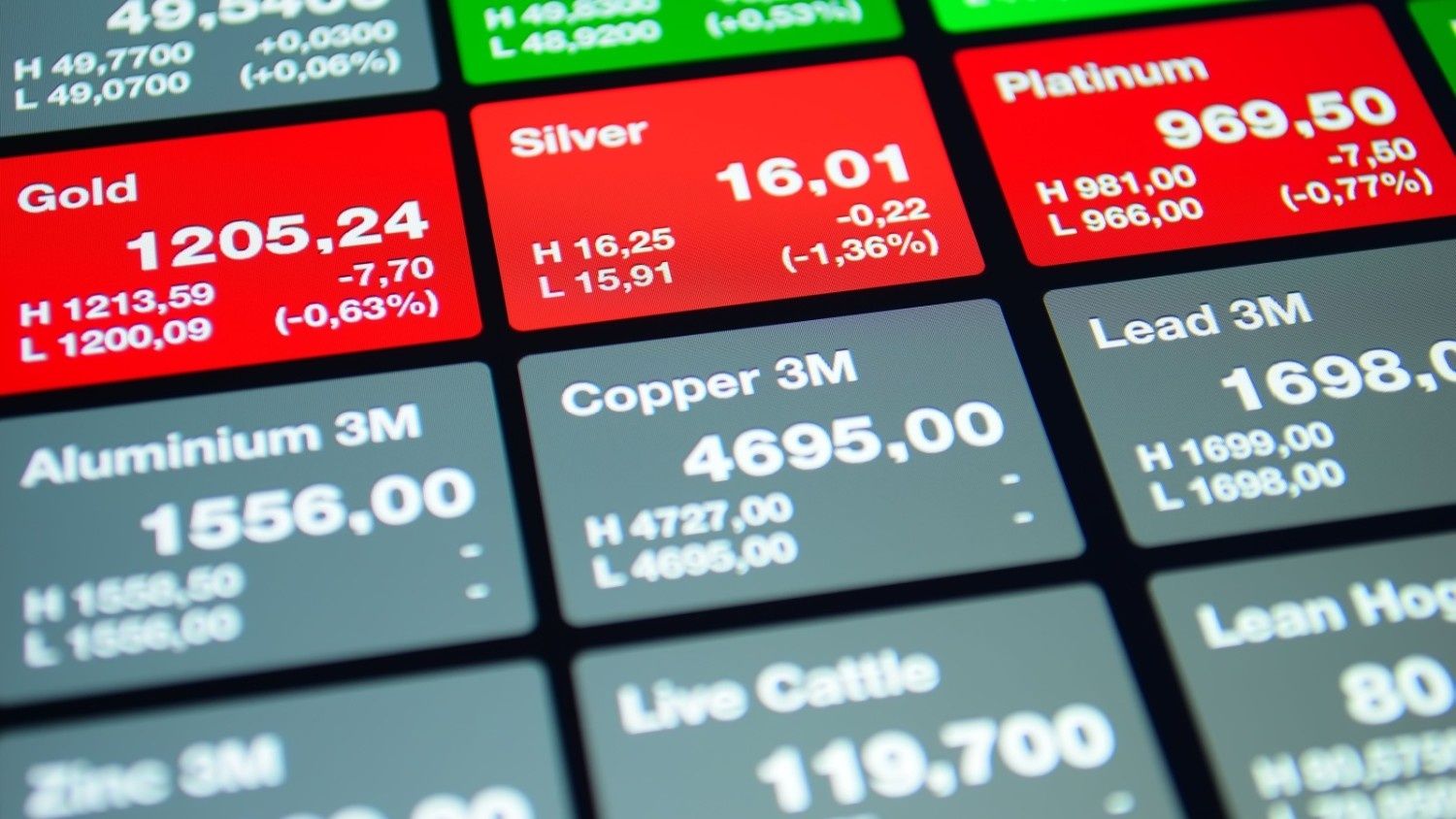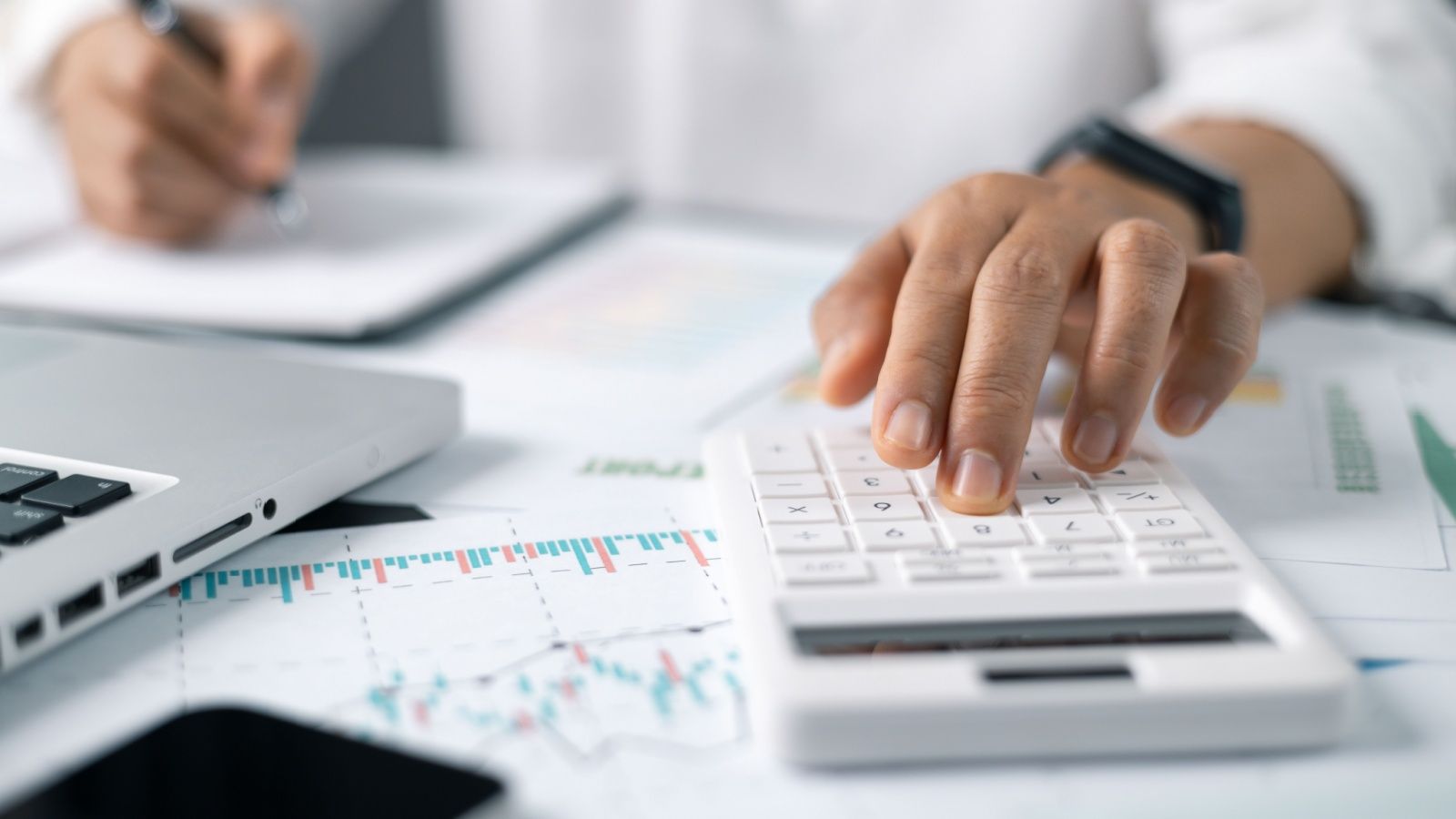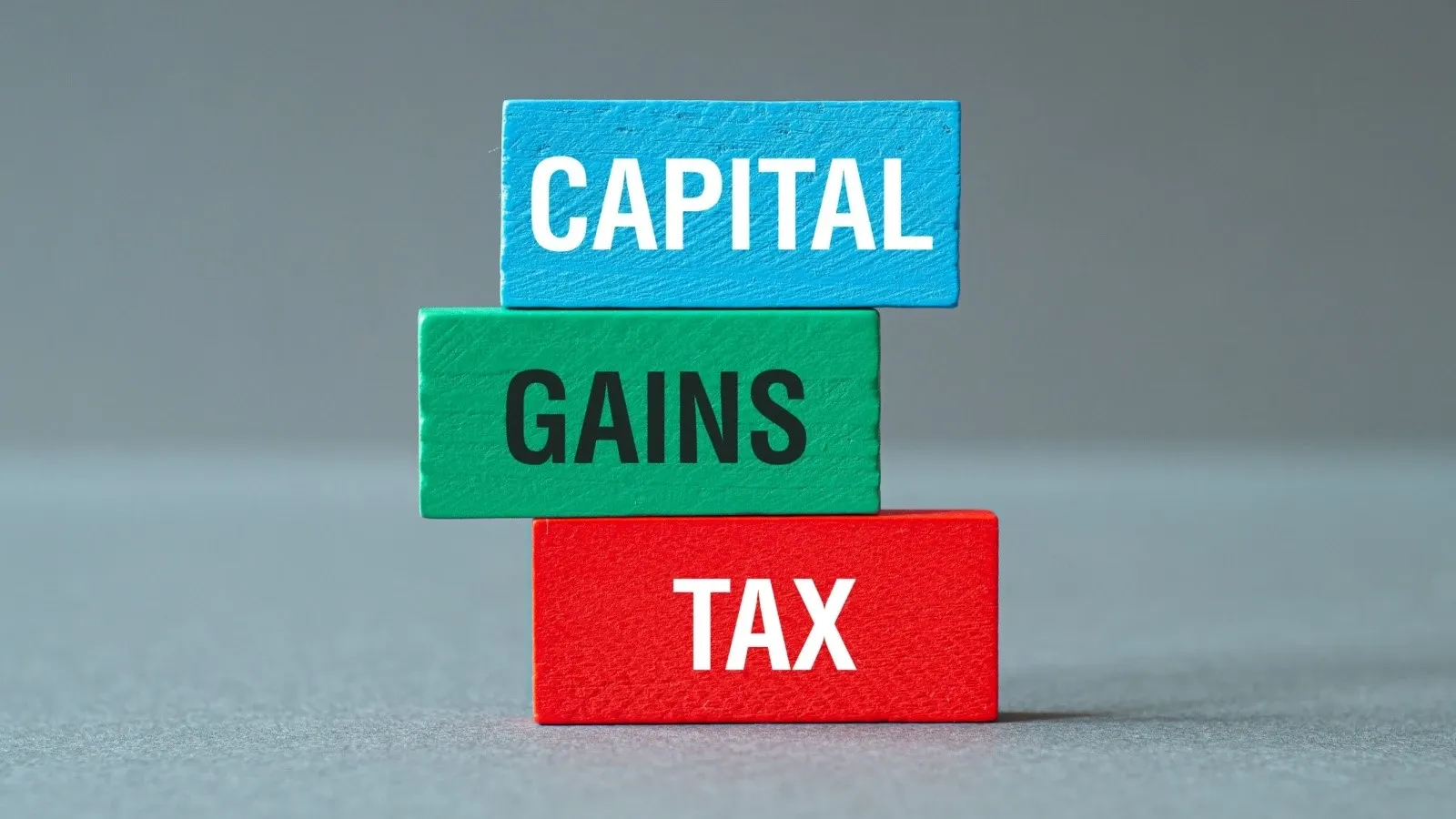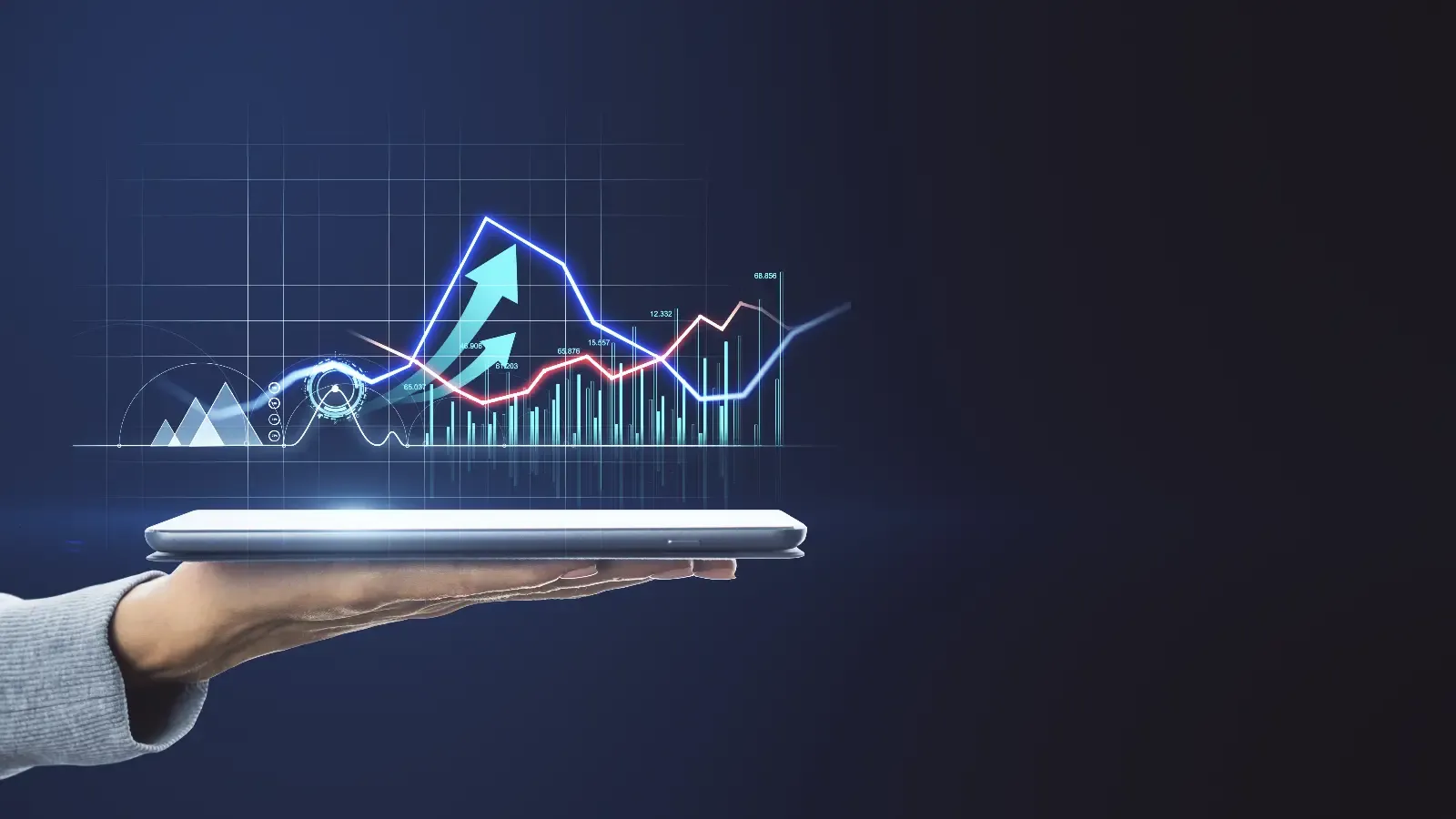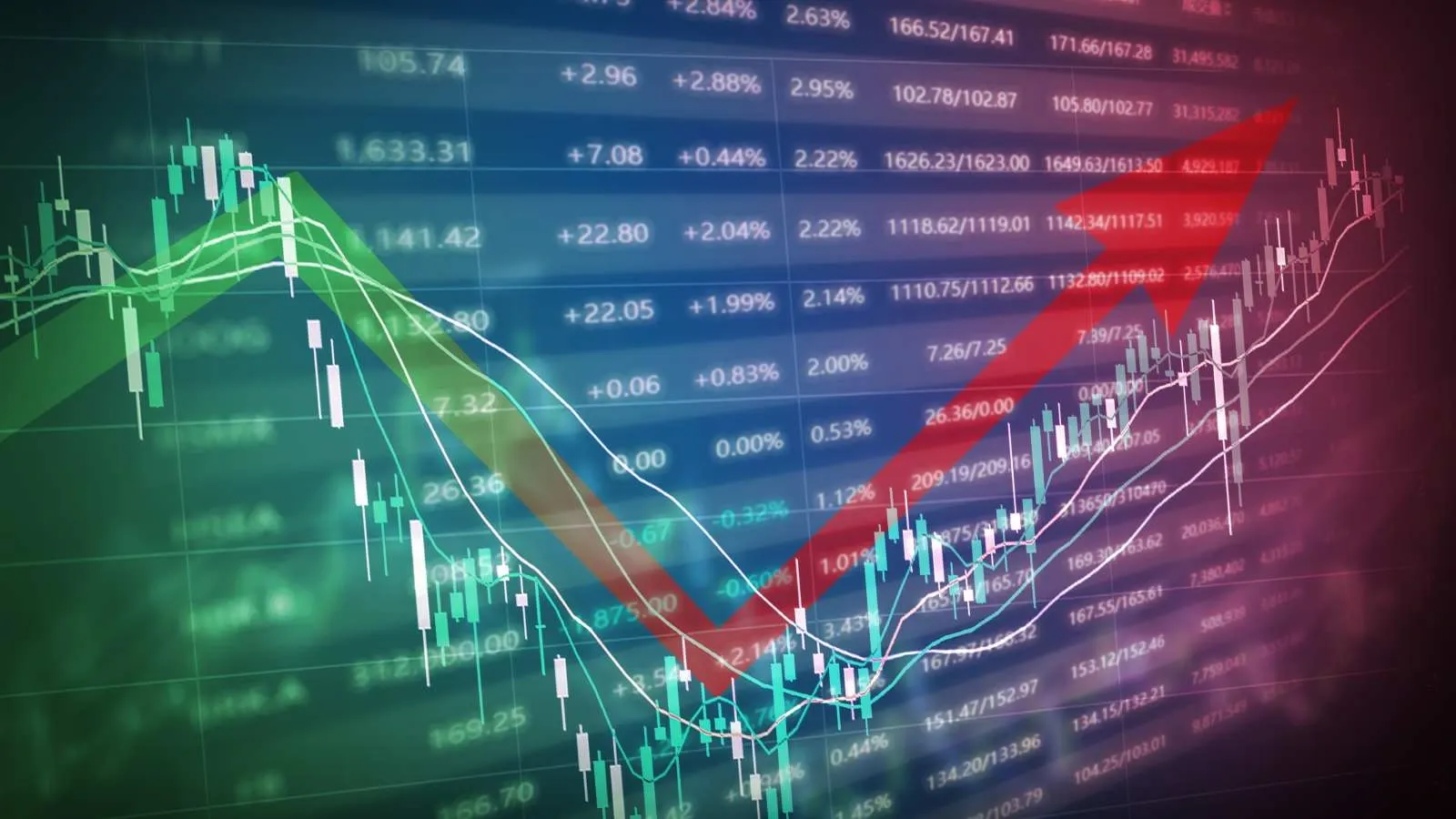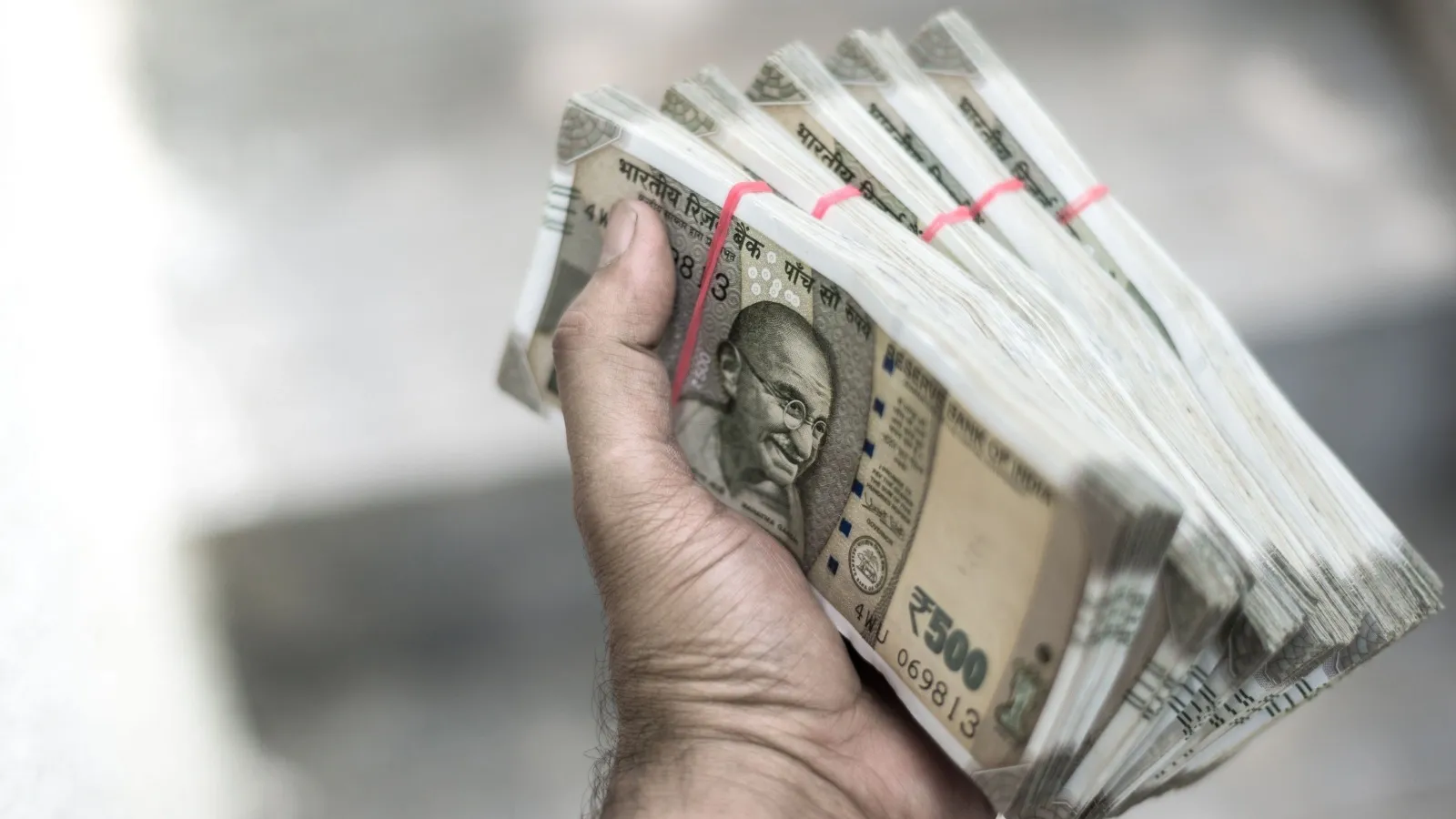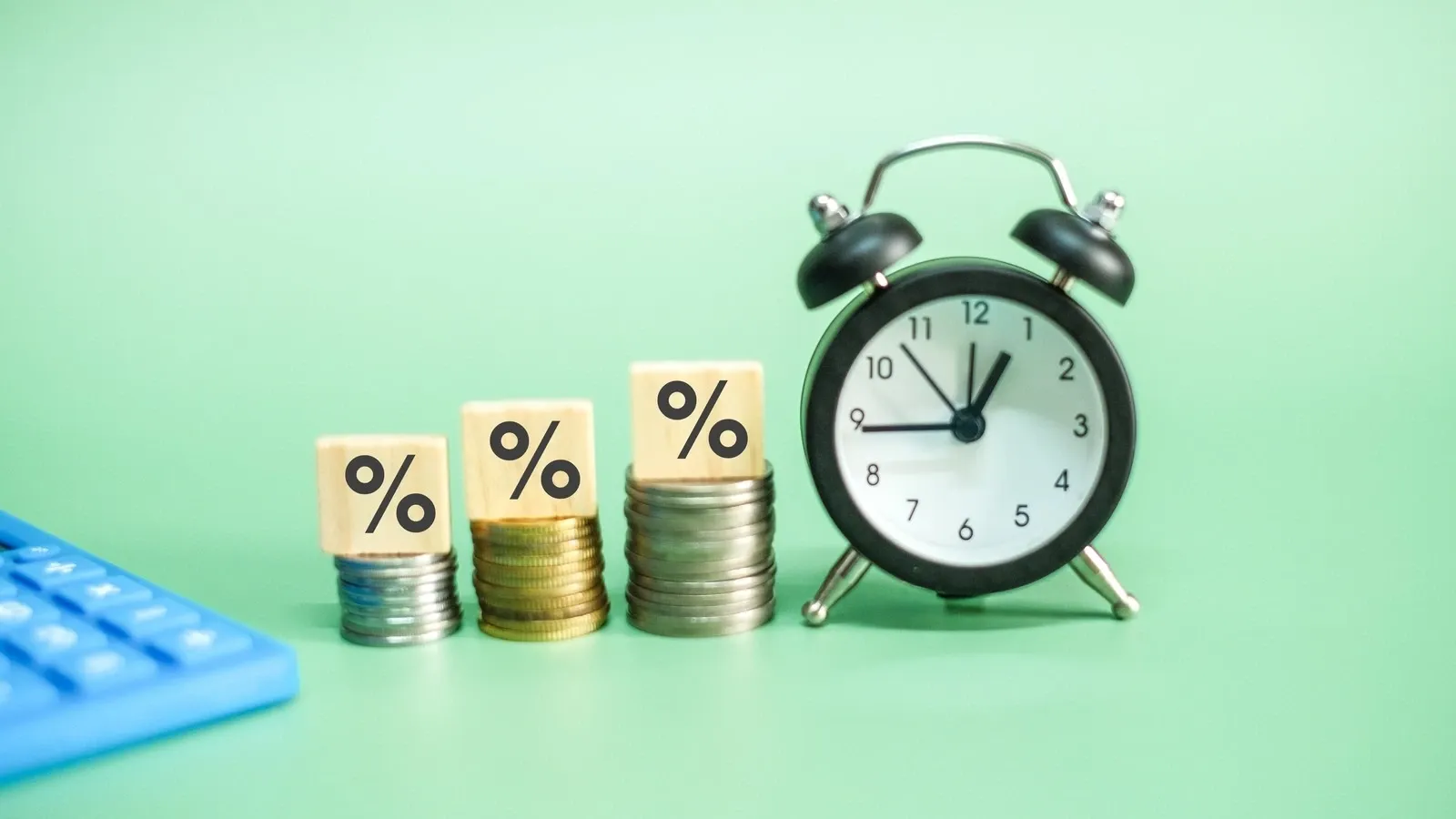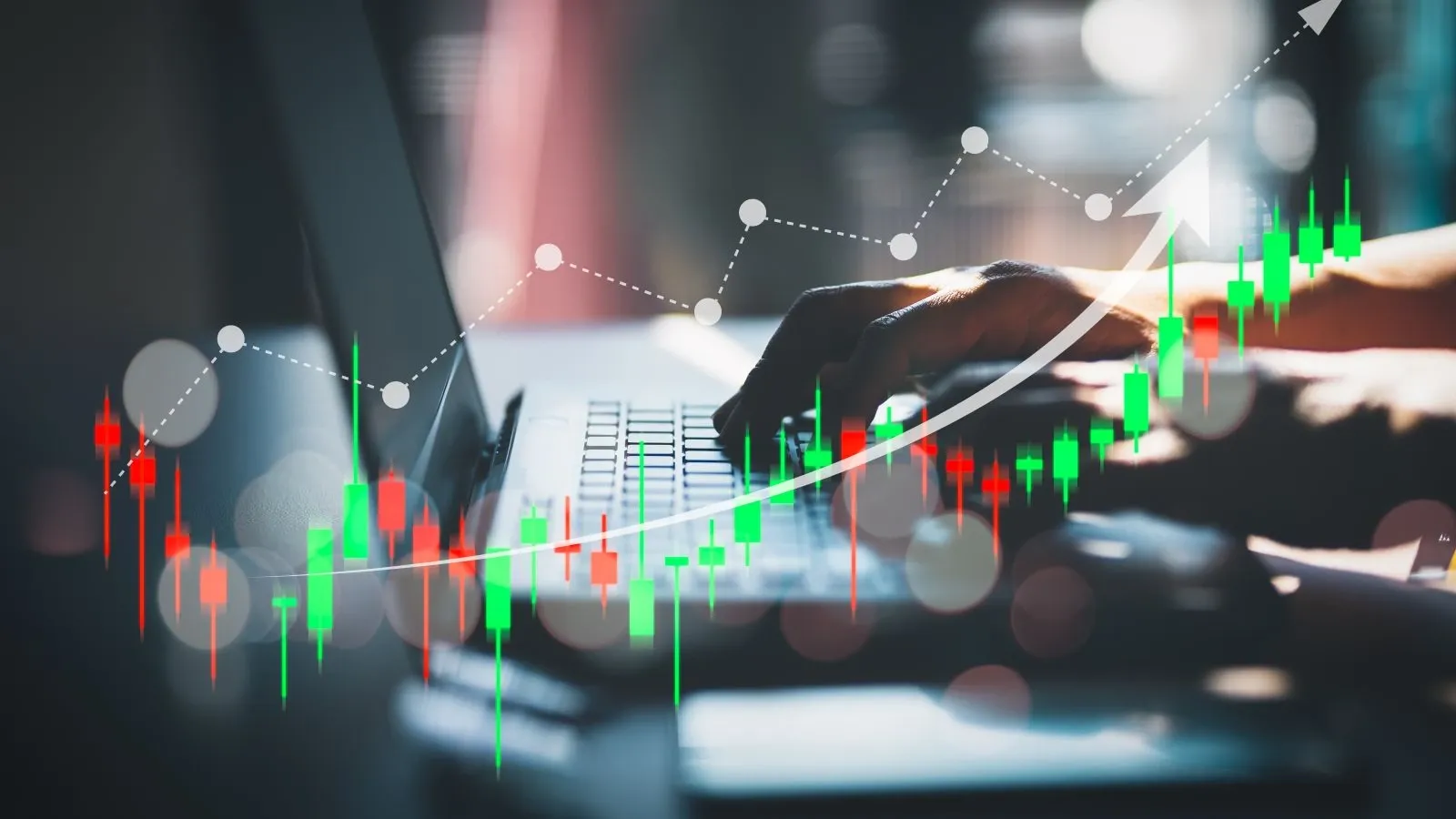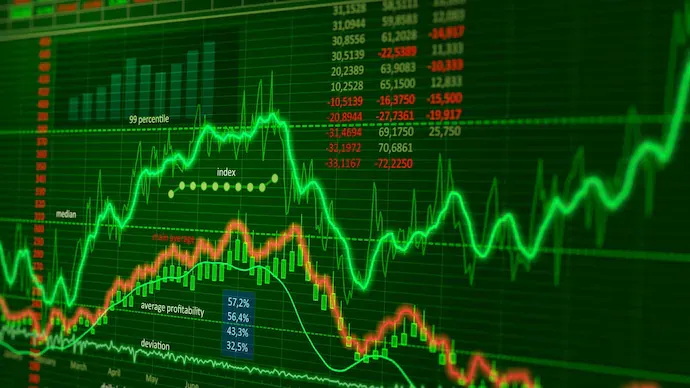Economic Moat as a Framework in Evaluating Stocks
Written by Upstox Desk
Published on September 30, 2025 | 3 min read

Have you ever wondered why some companies remain in their market for decades while also consistently increasing their profits? The reason for this is their “Economic Moat”, that is, the wall or protection with which the intelligently built competitive advantage separates them from others.
What is an Economic Moat?
The economic moat is a concept popularized by legendary investor Warren Buffett. It refers to a company's long-term competitive advantage that enables it to remain in the market and earn profits for years to come.
Just like castles have moats around them that protect them from enemies, an Economic Moat protects a company from competitors. Companies with a strong moat are difficult to dislodge and tend to maintain their market share and profits over time.
What are the Types of Moats?
Brand Power
If a company's brand is deeply embedded in the consumer's mind, it is protected from competition.
Examples:
Lindt (Chocolate):
Consumers do not switch to a new company due to taste, packaging, and trust.
Asian Paints:
People often think of the brand when discussing painting their house; this is the competitive moat.
Cost Advantage
When a company can produce a product at a lower cost than its competitors, it outperforms them by selling it at lower rates in the market.
Example:
DMart:
Sells goods at very affordable prices due to its proprietary stores and cheap supply chain.
Reliance:
Controls costs through its vertical integration.
Switching Costs
Sometimes, it is very expensive or risky to switch from one service to another, such as banking software or cloud infrastructure.
Example:
SAP / Oracle:
Switching from their ERP systems is costly for companies both in time and money.
Infosys/TCS:
Clients do not frequently change the service providers due to long-term contracts.
Network Effects
When a platform has more users, its value tends to increase.
Example:
WhatsApp / Facebook:
The more people use it, the stronger the network.
Amazon / Flipkart:
More users = more sellers = better pricing and options.
Efficient Scale
In some industries, the entry barrier is so high that new companies are unable to enter.
Example:
IRCTC / NTPC:
Companies protected by the government and linked to national infrastructure.
How to Identify a Moat?
| Factors | Signals |
|---|---|
| Quantitative Check | - ROIC/ROCE > 15% with stable gross margin - Strong free cash flow - Increasing market share - Low debt-to-equity ratio - Rising revenue line |
| Qualitative Signals | - Strong brand recognition - Patents and intellectual property - Wide distribution network - High switching costs - Stakeholder trust - High customer retention |
| Durability of Moat | - Assess if the moat can last 5–10 years - If not durable, assign lower valuation |
| Management Strength | - Effective decision-making - Sound expansion strategies - Commitment to protecting profits |
India's top Moat stocks (2025)
Asian Paints: 50%+ market share, strong brand and distribution network.
HDFC Bank: Trust, CASA deposits and low NPAs.
DMart: Low costs, affordable pricing, rapid expansion.
Infosys: Long-term contracts and client loyalty.
Reliance: Integration from refining to retail—cost + scale benefits.
Nestlé India & HUL: Popular household brands (Maggi, Surf Excel).
All these companies demonstrate sustainable profitability, characterized by high ROCE/ROIC, Free Cash Flow, and consistent market share.
How can Investors use Economic Moat? (Moat-Based Investment Strategy)
Buy with a margin of safety:
Buy Moat stocks when they are available below intrinsic value.
Think long-term:
The growth of these companies is slow but stable. It creates wealth in the long run.
Diversify:
Investing in different moat schemes can diversify the risk.
Potential to become a multibagger:
If bought at the right moment, Moat stocks can yield high returns.
Exposure through ETFs and Mutual Funds:
If you don’t want to pick individual stocks, you can choose moat-based ETFs, such as MOAT, or Mutual Funds.
Regular review:
Monitor for weakening of the moat, price appreciation, or new competition.
Summing Up
The concept of an economic moat is a powerful framework for investors. It indicates not just profitability but also the stability and growth potential of companies over the long term. Many companies in India also meet this criterion.
If you want to invest in stocks for the long term, then companies with a Moat can form the basis of your investment strategy.
FAQs
Does every big company have a moat?
No. A moat is not built just by being big—it must be able to maintain a steady profit across multiple metrics.
Is the moat permanent?
No. Market or technology disruptions can weaken the moat.
What are the benefits of buying moat stocks?
Lower risk and can deliver rock-solid returns over the long term.
How to quickly identify a moat?
A moat is quickly identified by indicators such as brand, patents, market share, customer retention, and financial stability.
Is every moat company profitable?
Not at all. Valuation and economic environment also play an important role.
About Author
Upstox Desk
Upstox Desk
Team of expert writers dedicated to providing insightful and comprehensive coverage on stock markets, economic trends, commodities, business developments, and personal finance. With a passion for delivering valuable information, the team strives to keep readers informed about the latest trends and developments in the financial world.
Read more from UpstoxUpstox is a leading Indian financial services company that offers online trading and investment services in stocks, commodities, currencies, mutual funds, and more. Founded in 2009 and headquartered in Mumbai, Upstox is backed by prominent investors including Ratan Tata, Tiger Global, and Kalaari Capital. It operates under RKSV Securities and is registered with SEBI, NSE, BSE, and other regulatory bodies, ensuring secure and compliant trading experiences.
